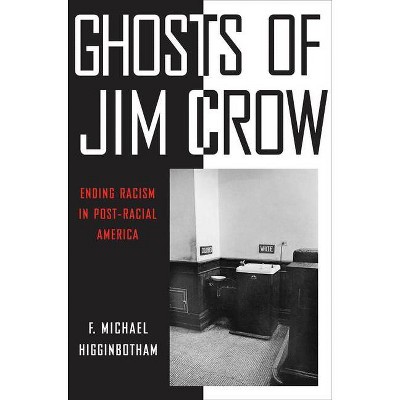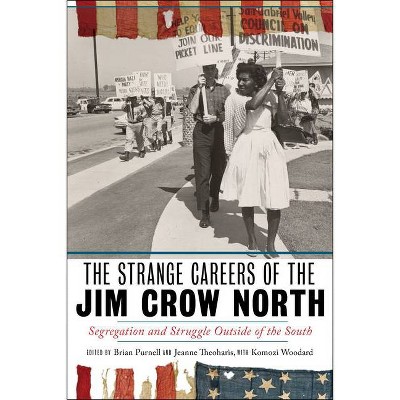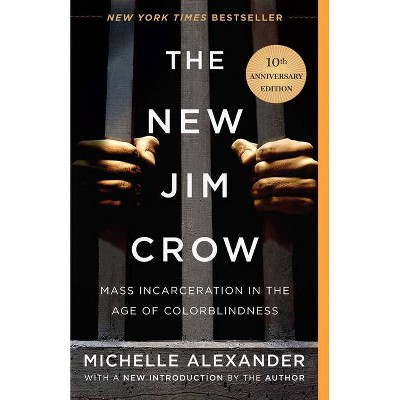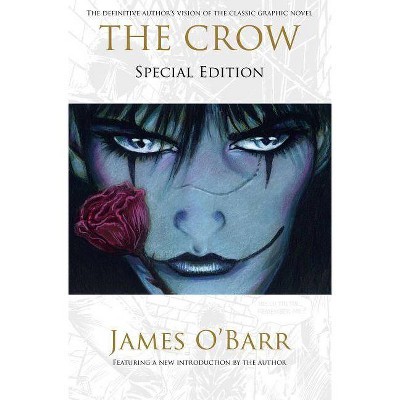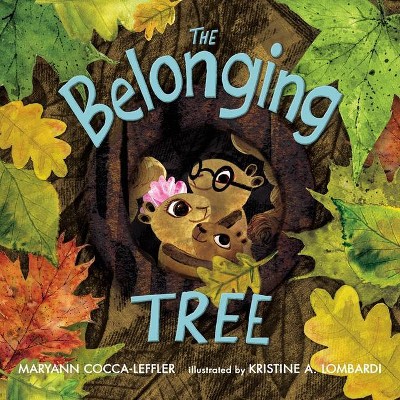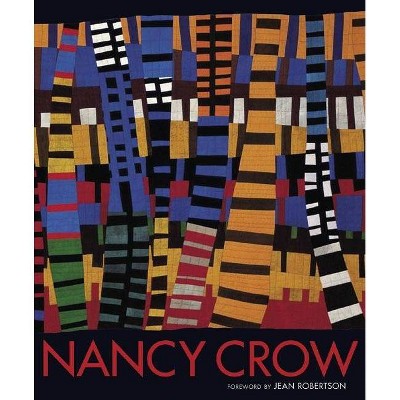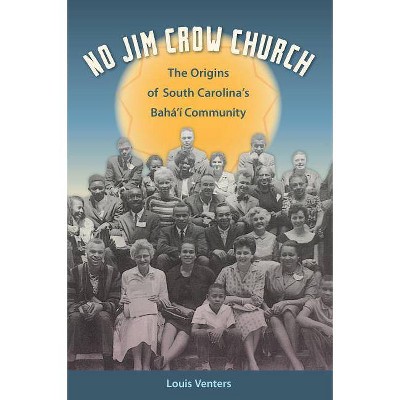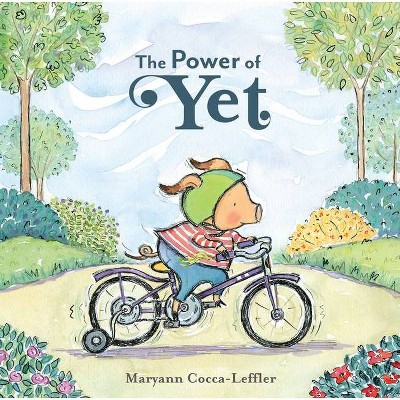The Hollywood Jim Crow - by Maryann Erigha (Hardcover)
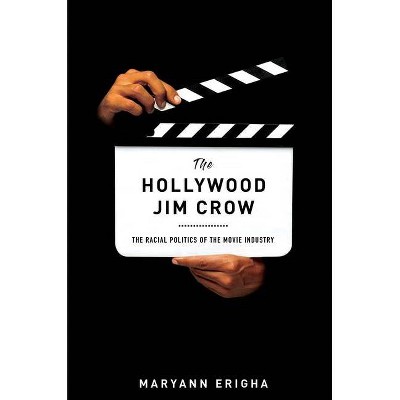
Similar Products
Products of same category from the store
AllProduct info
<p/><br></br><p><b> Book Synopsis </b></p></br></br><p><b>The story of racial hierarchy in the American film industry </b> <p/>The #OscarsSoWhite campaign, and the content of the leaked Sony emails which revealed, among many other things, that a powerful Hollywood insider didn't believe that Denzel Washington could "open" a western genre film, provide glaring evidence that the opportunities for people of color in Hollywood are limited. <p/>In <i>The Hollywood Jim Crow</i>, Maryann Erigha tells the story of inequality, looking at the practices and biases that limit the production and circulation of movies directed by racial minorities. She examines over 1,300 contemporary films, specifically focusing on directors, to show the key elements at work in maintaining "the Hollywood Jim Crow." Unlike the Jim Crow era where ideas about innate racial inferiority and superiority were the grounds for segregation, Hollywood's version tries to use economic and cultural explanations to justify the underrepresentation and stigmatization of Black filmmakers. <p/>Erigha exposes the key elements at work in maintaining Hollywood's racial hierarchy, namely the relationship between genre and race, the ghettoization of Black directors to black films, and how Blackness is perceived by the Hollywood producers and studios who decide what gets made and who gets to make it. Erigha questions the notion that increased representation of African Americans behind the camera is the sole answer to the racial inequality gap. Instead, she suggests focusing on the obstacles to integration for African American film directors. <p/>Hollywood movies have an expansive reach and exert tremendous power in the national and global production, distribution, and exhibition of popular culture. <i>The Hollywood Jim Crow</i> fully dissects the racial inequality embedded in this industry, looking at alternative ways for African Americans to find success in Hollywood and suggesting how they can band together to forge their own career paths.</p><p/><br></br><p><b> Review Quotes </b></p></br></br><br>#OscarsSoWhite was a spotlight on the obvious. The Hollywood Jim Crow is an important and eloquent extension of that conversation.-- "Film Comment"<br><br>Aconvincing analysis of structural barriers and attitudes that obstruct black filmmakers in today's culture. .. .A meaningful tribute to the achievements of pioneer directors and a sharp call for studios to keep trying harder to acknowledge structural racism.-- "Kirkus Reviews"<br><br>Draws important conclusions about genre production, career trajectories, and occupational segregation by race and gender in one of the world's most high-profile industries... I can recommend this book to anyone teaching or researching on work and occupational careers, inequality in popular culture, symbolic or colorblind racism, of the production of culture in the film industry.-- "Social Forces"<br><br>Erigha analyzes the barriers that black filmmakers face in Hollywood . . . this well-written work demonstrates a cogent understanding of institutional racism . . . Anyone seeking to study, and dismantle, structures of oppression will appreciate this clarifying read.-- "STARRED Library Journal"<br><br>Erigha's study is a tour de force in six acts, taking on the topics of how racial hierarchy is maintained, how blackness is labeled 'unbankable, ' why black directors are often marginalized, how black films are 'ghettoized, ' what backstage assumptions are made concerning market success, and how a new, equitable Hollywood could be formed.-- "Journal of American Ethnic History"<br><br>In Maryann Erigha's probing, razor-sharp, and damning The Hollywood Jim Crow, what is and is not predictable about hitmaking gets flipped. In making her argument, Erigha relies on quantitative data, public interviews, and (anonymized) private emails ... she finds Black directors and actors trying to navigate a two-tiered system in which they're cordoned off into lower-cost (and, therefore, almost always lower-profit) genres.-- "Public Books"<br><br>Offers a provocative lens for understanding how entrenched the industrys racial imbalances areand how the lack of people of color in top studio roles only perpetuates this inequality.-- "The Atlantic"<br><br>The superhero blockbuster Black Panther is the most recent exception to Hollywoods golden rule: the only color that matters is green, and in the name of green, one should downplay Black. Maryann Erigha confronts the implications of this rule in The Hollywood Jim Crow, which traces how the conflation of race and economics works, in the minds of the white men who dominate the industry, to marginalize Black stories and Black talent at the movies. Through a careful analysis of more than a decade of box office data, film budgets, and incriminating insider statements about the role race plays in shaping industry decision-making, Erigha exposes the centrality of ghettoization processes in a key American cultural forum.--Darnell Hunt, Co-editor of Black Los Angeles: American Dreams and Racial Realities<br><p/><br></br><p><b> About the Author </b></p></br></br><b>Maryann Erigha</b> is Assistant Professor of Sociology and African American Studies at the University of Georgia.
Price History
Cheapest price in the interval: 89 on November 8, 2021
Most expensive price in the interval: 89 on December 20, 2021
Price Archive shows prices from various stores, lets you see history and find the cheapest. There is no actual sale on the website. For all support, inquiry and suggestion messages communication@pricearchive.us

